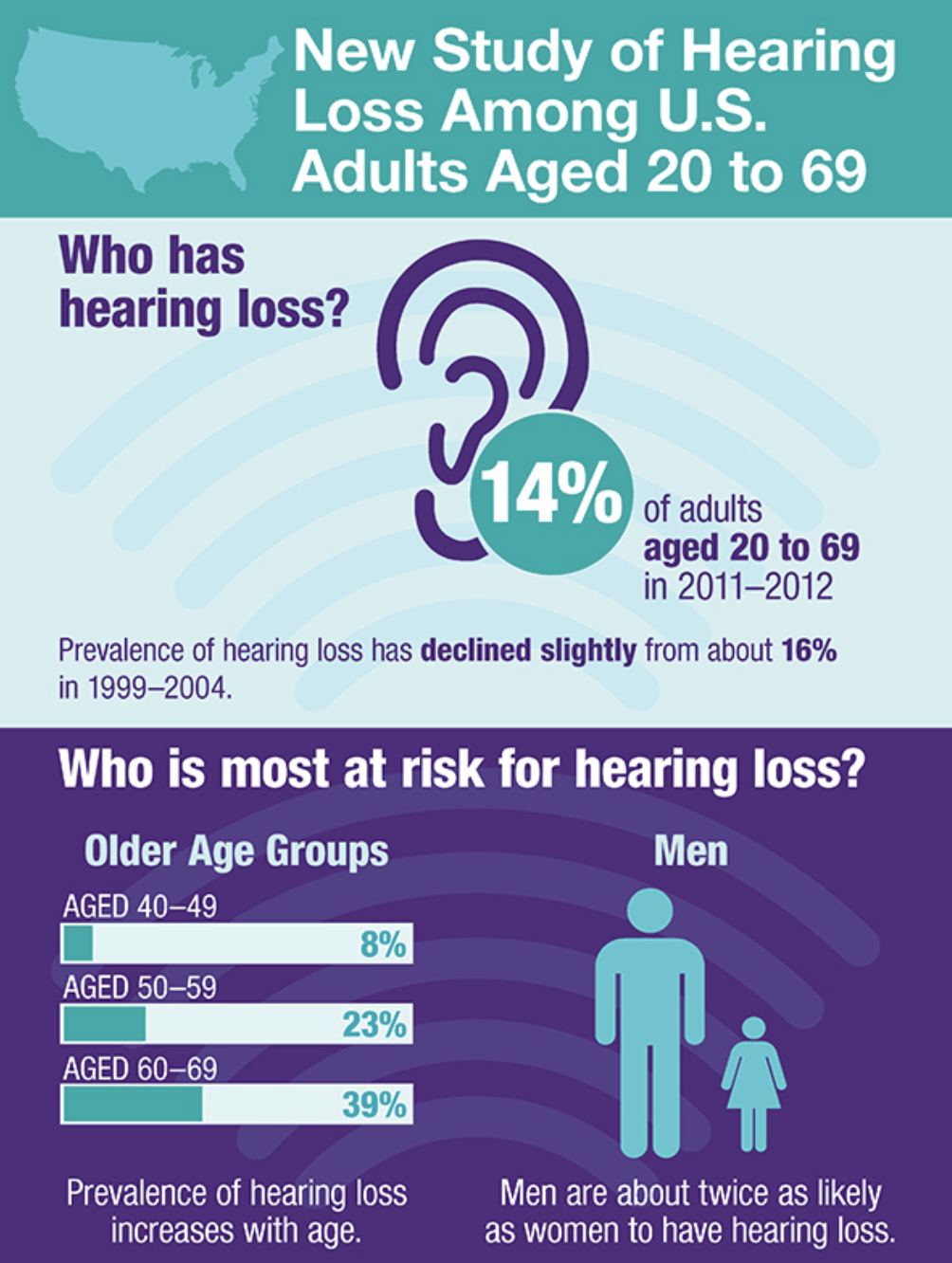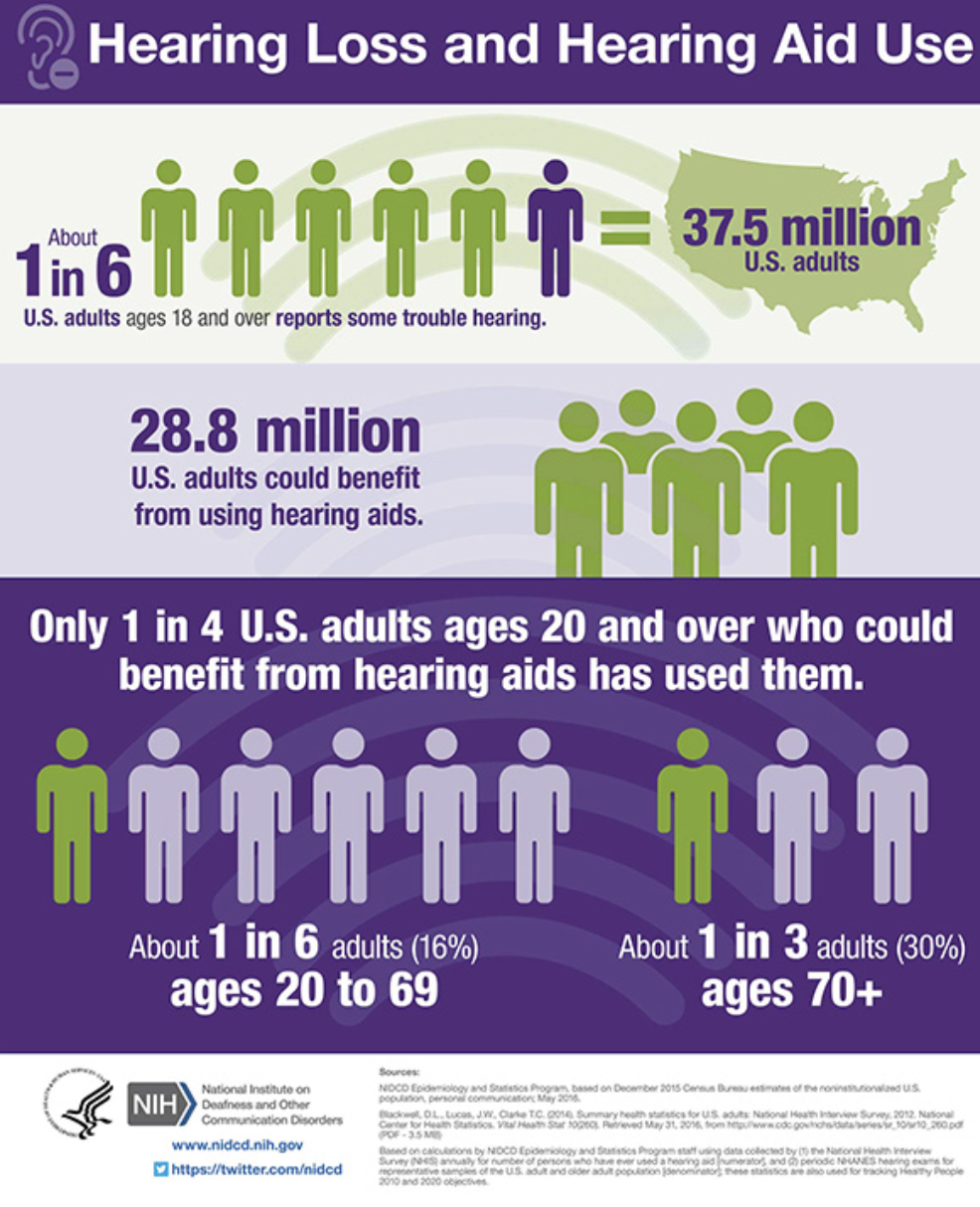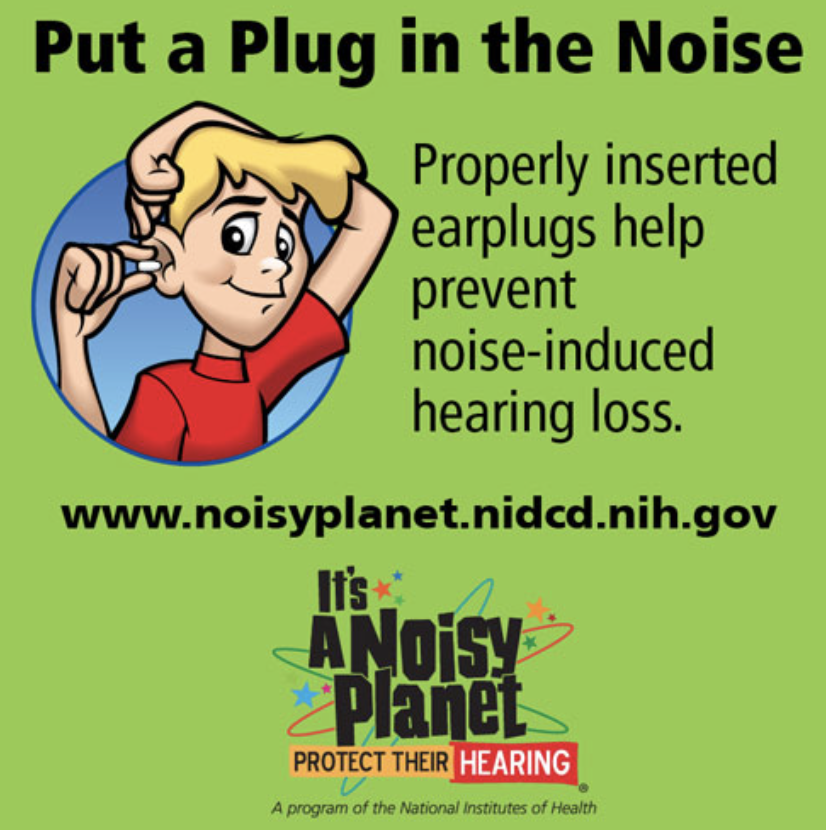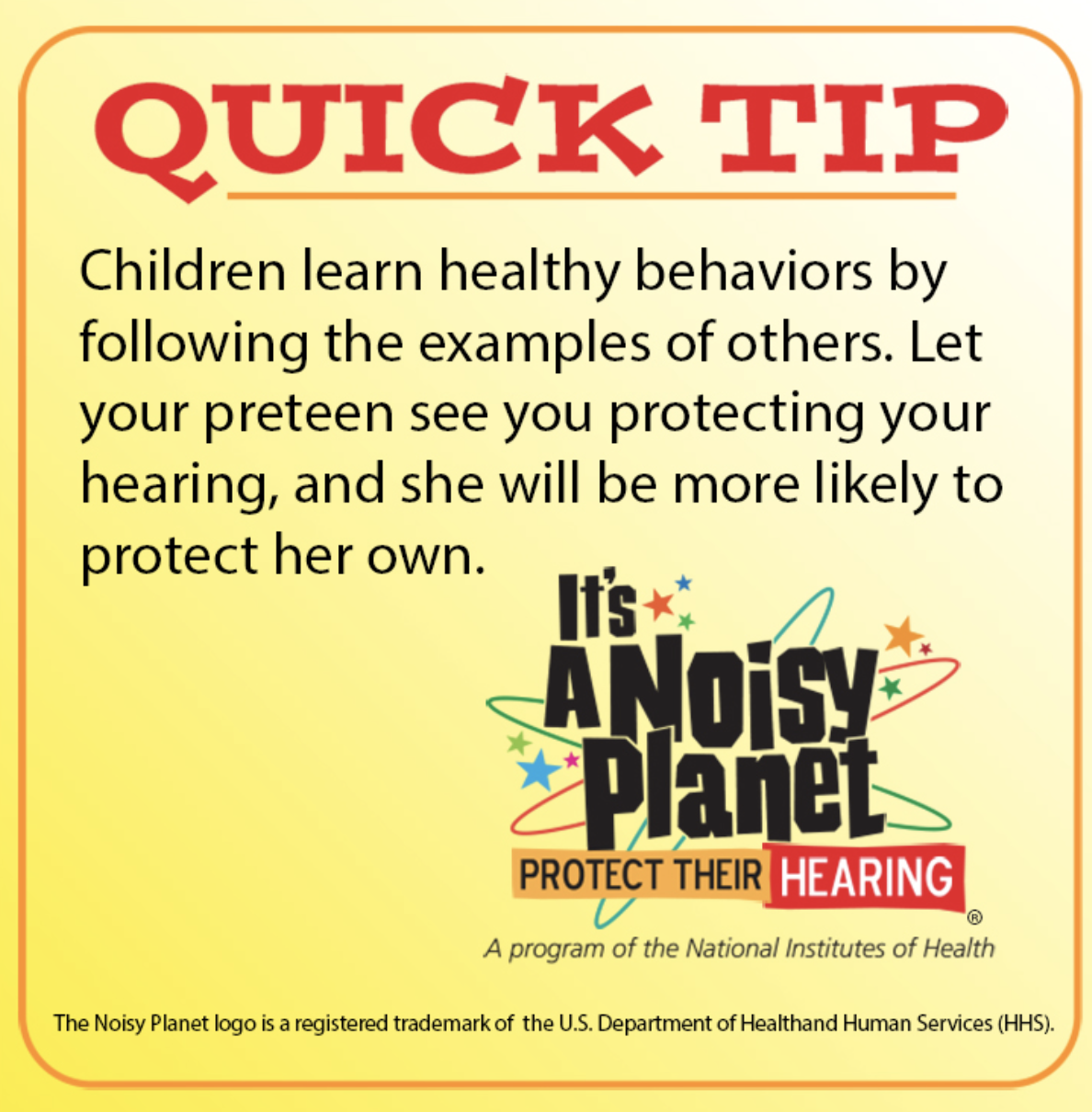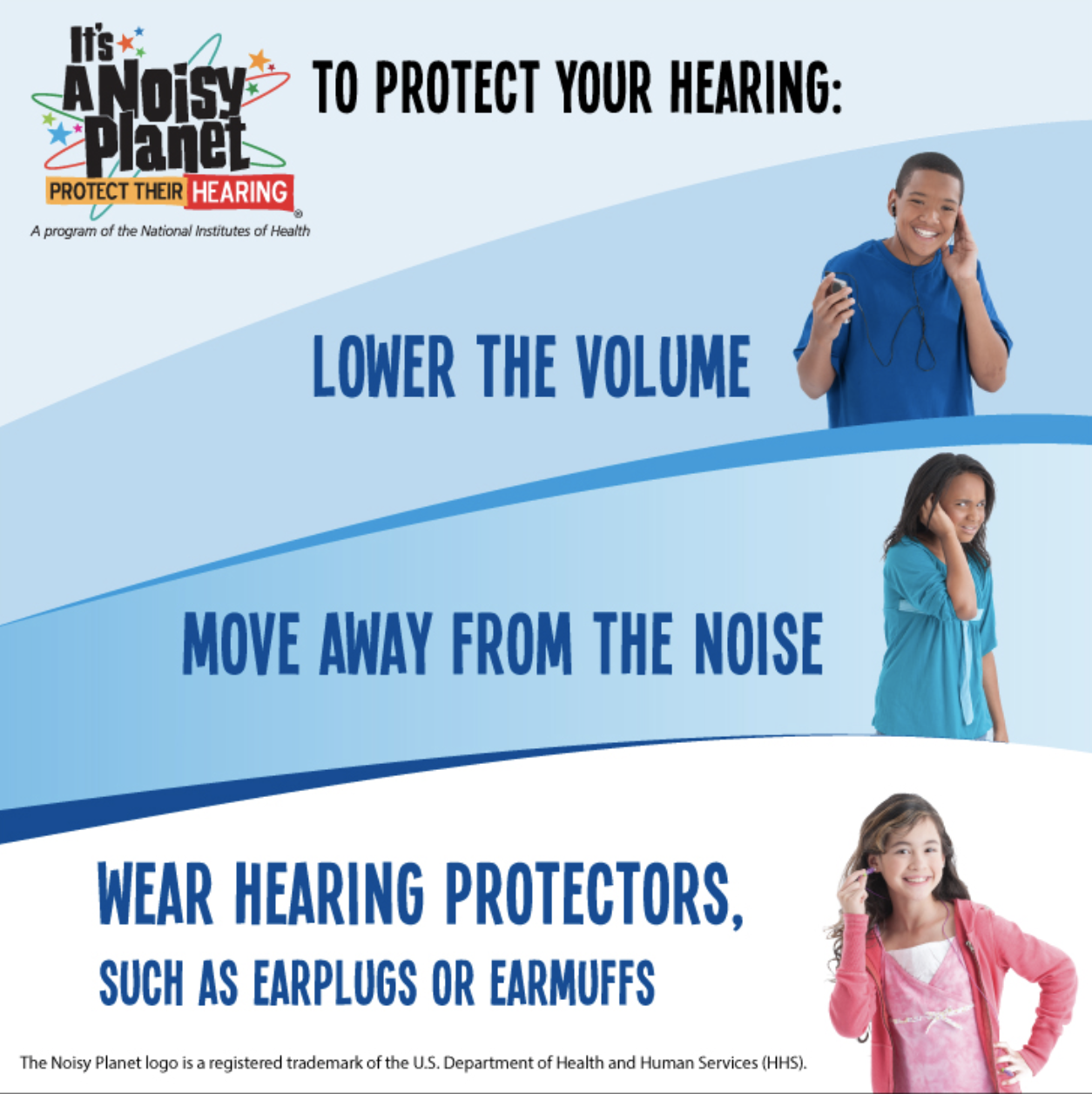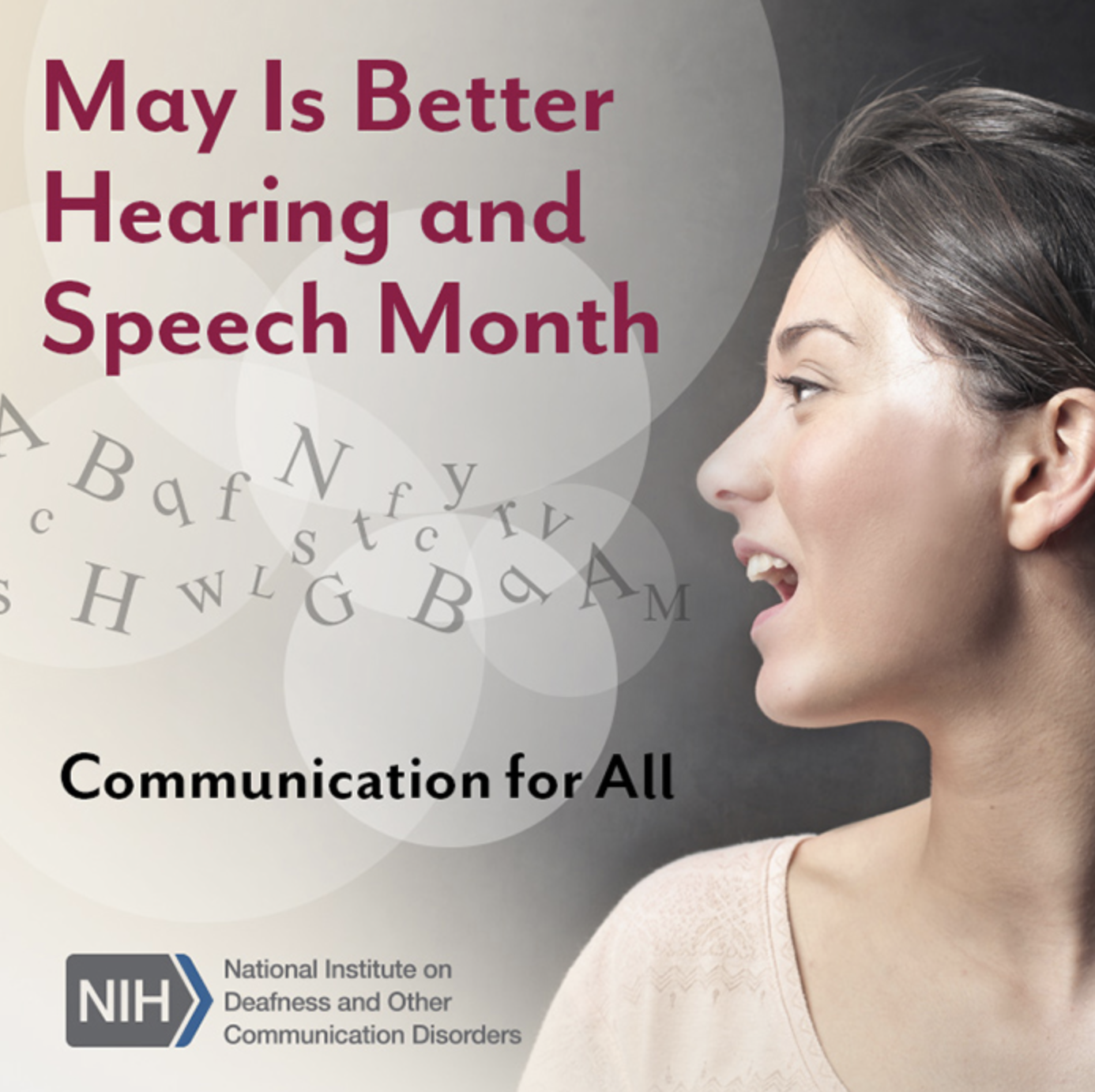This past week, the Centers for Disease Control and Prevention along with the Ohio Department of Health confirmed that there are four cases in Ohio of a mysterious paralyzing illness that is being characterized as a “Polio-like” illness that attacks the nervous system.
The four cases were confirmed to be in Columbiana County, Cuyahoga County, Mercer County (in Ohio), and Pickaway County. The Ohio Department of Health states all four cases are between ages 1-13, and all four boys were hospitalized. No deaths have been reported.
The medical name for this condition is called “Acute Flaccid Myelitis (AFM),” and this is a rare neurological condition that affects the spinal cord. The neurological symptoms usually start about five days following some upper respiratory symptoms. As of this writing, twenty-two states, including Ohio, have been affected. Here are some quick facts you need to know.
Symptoms of Acute Flaccid Myelitis (see graphic below as well)
Facial Droop/Weakness
Difficulty Moving The Eyes
Drooping Eyelids
Difficulty with Swallowing or Slurred Speech
Is Acute Flaccid Myelitis Contagious?
Short Answer: No, probably
Long Answer: The fact is that this is still a mysterious illness, and scientists still don’t know the exact cause, why it’s happening more now, which kids are at higher risk, and how to best treat this disease. (see this article from NBC News)
The good news is that this is considered still a rare disease. The CDC states that less than one in a million people in the United States will get Acute Flaccid Myelitis every year. The best general information right now on this is from the Centers For Disease Control and Prevention website on Acute Flaccid Myelitis. I also encourage you to check out this interview with our friend Dr. John Cox, from Wee Ones Pediatrics in Youngstown, when he was on WFMJ-TV. Of course, if you have any questions, I encourage you to contact your doctor to discuss further.








